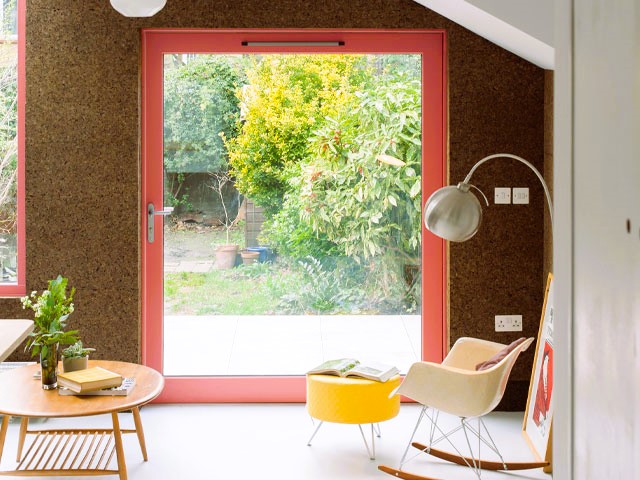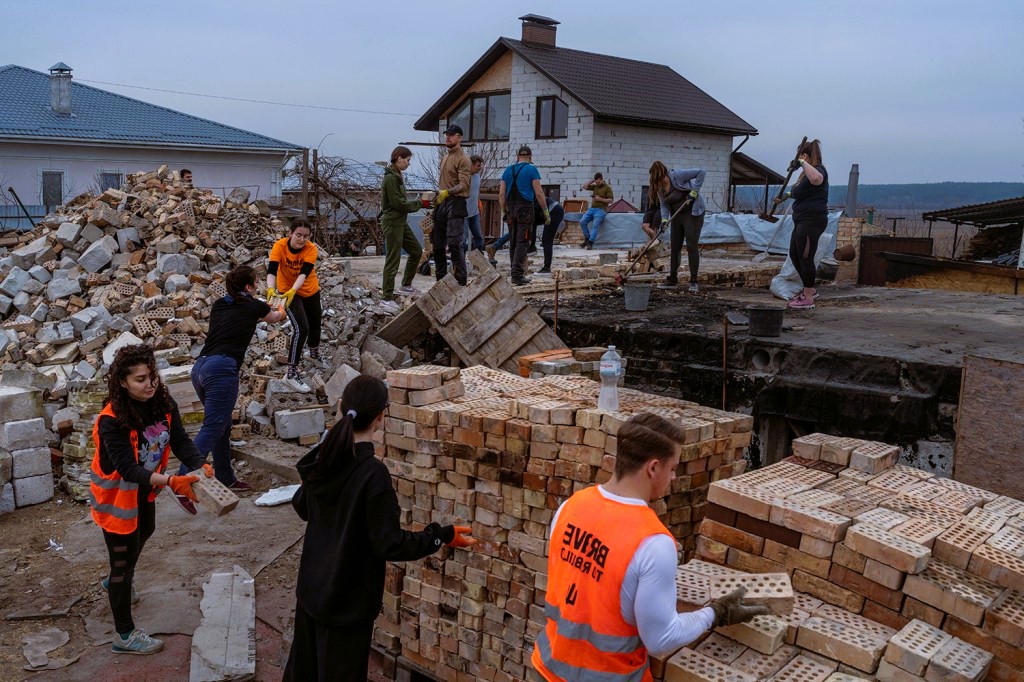As the world becomes increasingly aware of the impact of climate change and the importance of sustainable living, more and more Canadians are looking beyond traditional brick and mortar as building materials for their homes. The rise of alternative materials offers exciting possibilities for those seeking to build eco-friendly, energy-efficient homes that are both durable and stylish. In this article, we’ll explore some of the most promising alternative building materials for Canadian homes.
- Rammed Earth
Rammed earth is an ancient building technique that involves compressing soil into a solid mass to create walls. The process is simple, sustainable, and has a very low carbon footprint. Rammed earth homes are durable, energy-efficient, and offer excellent insulation. They are also fire-resistant and provide excellent sound insulation. In addition, rammed earth walls have a unique, earthy look that blends seamlessly into natural surroundings.
- Hempcrete

Hempcrete is a relatively new building material that is gaining popularity in Canada. It is made from hemp fibers mixed with a lime binder and water. The resulting mixture is poured into wooden frames to create walls. Hempcrete is lightweight, strong, and has excellent insulation properties. It is also breathable, which helps to prevent the buildup of moisture and mold. Hempcrete is also renewable, biodegradable, and has a very low carbon footprint.
- Straw Bale
Straw bale construction involves stacking straw bales to create walls. The bales are then covered with a layer of plaster to provide stability and protection from the elements. Straw bale homes are highly energy-efficient, thanks to the excellent insulation provided by the straw. They are also fire-resistant and have a charming, rustic look. Straw bale construction is relatively easy and can be done by experienced DIYers.
- Cob
Cob is another ancient building material that is gaining popularity in Canada. It is made from a mixture of clay, sand, and straw, and is shaped by hand to create walls. Cob homes are energy-efficient, durable, and have excellent insulation properties. They are also fire-resistant and have a unique, organic look that blends well with natural surroundings. Cob is a versatile material that can be used to create curved walls and sculpted features.
- Recycled Materials
Recycling is a key component of sustainable living, and it can also be used to create unique and stylish homes. Recycled materials such as shipping containers, reclaimed wood, and discarded tires can be used to create innovative and eco-friendly homes. These materials are often inexpensive and readily available, making them an excellent choice for those on a tight budget. In addition, using recycled materials helps to reduce waste and conserve natural resources.
In conclusion, there are many alternative building materials available for those seeking to build eco-friendly, energy-efficient homes in Canada. From rammed earth to recycled materials, these materials offer exciting possibilities for sustainable living. If you’re planning to build a home, consider using one of these materials to create a unique and stylish space that is kind to the planet. Like the article? Read also about the Best Window Styles for Canadian Homes.

In recent years, there has been a growing interest in alternative building materials for Canadian homes. While traditional materials like brick and mortar have been the go-to for centuries, the drawbacks associated with them have led to a search for more sustainable and eco-friendly options. Additionally, advances in technology have made it possible to create durable, energy-efficient homes using materials that were previously not considered viable for construction.
One example of an alternative building material is bamboo. While bamboo is often associated with decorative accents, it can also be used as a structural material. It is lightweight, strong, and sustainable, making it an ideal choice for environmentally conscious builders. Additionally, bamboo is easy to grow and harvest, making it an affordable option for many.
Another alternative building material gaining popularity in Canada is hempcrete. Made from a mixture of hemp, lime, and water, hempcrete is a non-toxic, renewable material that is both insulating and fire-resistant. It is also breathable, which means it helps to regulate moisture levels in a home, leading to improved air quality.
Yet another option for alternative building materials is recycled steel. While steel is often used for structural support in traditional construction, it can also be used to create entire buildings. Recycled steel is an environmentally friendly option that can withstand extreme weather conditions, is fire-resistant, and requires little maintenance.
Finally, straw bale construction is an option that is gaining popularity in Canada. Straw bales are used as the primary building material, with the straw acting as an insulator. This results in a home that is energy efficient and sustainable, as well as fire-resistant and strong.
In conclusion, alternative building materials are becoming more popular in Canada as builders and homeowners seek out sustainable, eco-friendly options. Whether it’s bamboo, hempcrete, recycled steel, or straw bale construction, there are many options available for those who are looking to build a home that is both beautiful and environmentally responsible. By exploring these options, Canadians can help to create a brighter, more sustainable future for generations to come.

